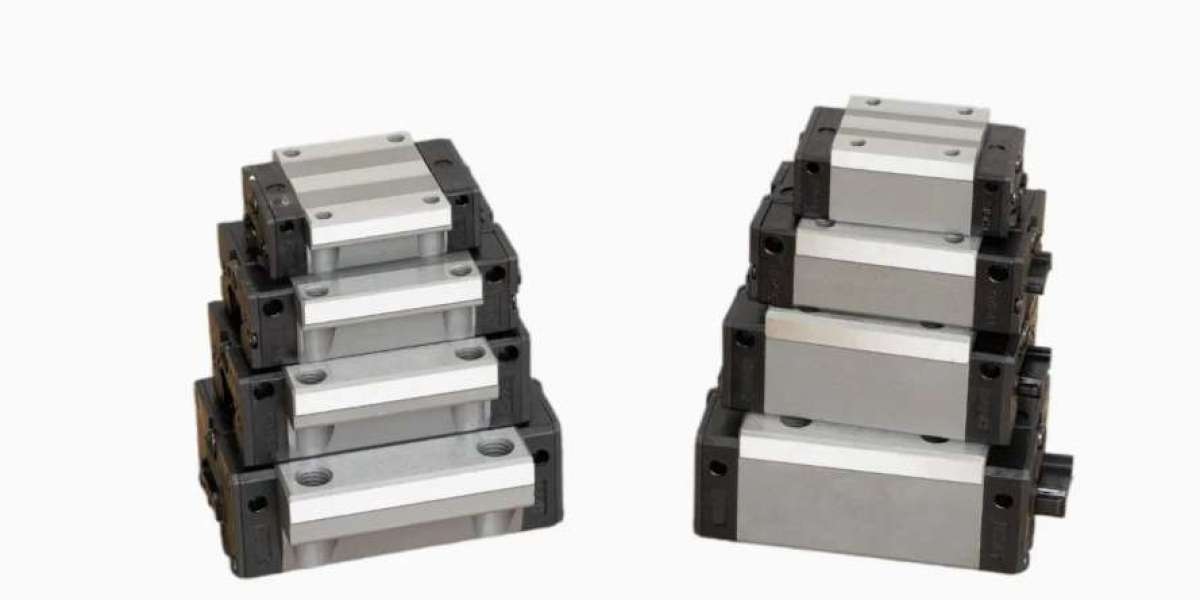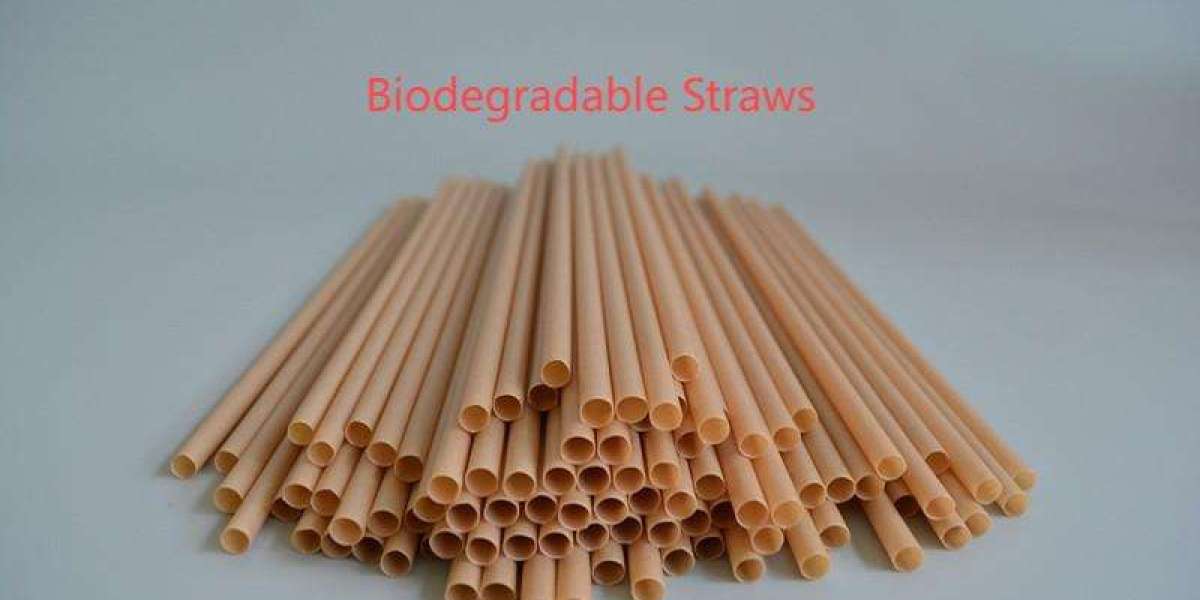This article explores the fundamentals of linear slide rails, their key components, types, and applications, as well as the critical factors engineers consider when selecting the right system. We’ll also highlight how leading manufacturers provide tailored solutions to meet the demands of modern engineering challenges.
What Are Linear Slide Rails?
Linear slide rails are mechanical systems designed to facilitate smooth, low-friction movement of a load along a straight axis. They consist of two primary components:
- 1.
The Rail (Track): A rigid, precision-machined bar (typically made of steel or stainless steel) that serves as the fixed guide. The rail’s surface is engineered with raceways or grooves to interact with rolling elements or sliding mechanisms.
- 2.
The Carriage (Slider): A movable component that attaches to the load (e.g., a tool, platform, or workpiece) and travels along the rail. The carriage houses rolling elements (balls, rollers) or sliding materials (PTFE, bronze) to reduce friction and maintain alignment.
Unlike traditional sliding systems that rely on direct metal-to-metal contact (which generates high friction and wear), modern linear slide rails use optimized rolling elements or sliding surfaces to achieve smooth, precise, and durable motion.
Key Components and Working Principles
1. Rail Designs and Materials
Linear slide rails come in various profiles, each optimized for specific loads and applications:
- •
Square Rails: Feature a rectangular cross-section with four raceways (two for each axis) to distribute loads evenly. They offer high rigidity and are ideal for heavy-duty tasks like CNC machining or industrial automation.
- •
Round Rails: Cylindrical in shape, these rails provide smoother motion and better shock absorption, making them suitable for dynamic applications (e.g., robotic arms or vibration-sensitive equipment).
- •
Miniature Rails: Compact profiles (e.g., 8–15 mm in height) designed for space-constrained environments like medical devices or precision instruments.
Rails are typically made from hardened steel (for strength and wear resistance) or stainless steel (for corrosion resistance in harsh environments).
2. Carriage Mechanisms
The carriage is the heart of the linear slide rail, responsible for transferring loads and maintaining motion precision:
- •
Rolling Element Carriages: Use recirculating balls or rollers to reduce friction. Balls are ideal for high-speed applications, while rollers handle heavier loads.
- •
Sliding Carriages: Employ materials like PTFE (Teflon) or bronze for low-friction movement without rolling parts. These are cost-effective but require regular lubrication.
- •
Preload Systems: Adjustable tension eliminates internal clearance (play) between the carriage and rail, ensuring rigidity and accuracy in precision tasks.
3. Lubrication and Maintenance
Proper lubrication is critical to minimize friction, reduce wear, and extend the lifespan of linear slide rails. Common lubricants include:
- •
Grease: Suitable for most industrial applications, providing long-lasting protection.
- •
Oil: Used in high-speed or high-temperature environments where grease may not suffice.
- •
Dry Lubricants (e.g., Molybdenum Disulfide): Ideal for cleanroom or food-processing applications where contamination is a concern.
Types of Linear Slide Rails
1. Ball Bearing Slide Rails
The most common type, using recirculating steel balls to reduce friction. They offer a balance of load capacity, speed, and precision, making them versatile for applications like 3D printers, small CNC machines, and automation equipment.
2. Roller Slide Rails
Employ cylindrical rollers instead of balls, providing higher load capacity and rigidity. These are preferred for heavy-duty tasks such as industrial presses, material handling systems, or large-scale CNC routers.
3. Miniature Slide Rails
Compact and lightweight, designed for precision instruments, medical devices, or electronics assembly. Despite their size, they maintain high accuracy and smooth motion.
4. Plain (Sliding) Slide Rails
No rolling elements; instead, they rely on low-friction materials (e.g., PTFE-coated surfaces) to slide along the rail. These are cost-effective but require more frequent maintenance and are suitable for low-load, low-speed applications.
Applications Across Industries
1. CNC Machining and Manufacturing
Linear slide rails are integral to CNC mills, lathes, and routers, guiding cutting tools or workpieces along X, Y, and Z axes with micron-level precision. High-rigidity square rails ensure stability during high-speed operations.
2. 3D Printing and Additive Manufacturing
In FDM and SLA printers, linear slide rails enable the print head or build platform to move smoothly, ensuring consistent layer deposition and high-quality prints. Miniature or ball-bearing rails are commonly used.
3. Automation and Robotics
Robotic arms, pick-and-place machines, and conveyor systems rely on linear slide rails for precise, repeatable motion. Roller or ball-bearing rails handle the dynamic loads and high speeds required in these applications.
4. Medical and Laboratory Equipment
Surgical robots, diagnostic devices, and laboratory automation systems use linear slide rails for tasks like sample handling, fluid dispensing, or instrument positioning. Stainless steel or corrosion-resistant rails are preferred for hygiene and durability.
5. Aerospace and Defense
In satellite positioning systems, drone actuators, and precision instrumentation, linear slide rails provide reliable motion in extreme environments. High-precision designs ensure accuracy under vibration and temperature fluctuations.
Selection Criteria for Linear Slide Rails
Choosing the right linear slide rail depends on several factors:
1. Load Capacity
- •
Light Loads (≤50N): Miniature or sliding rails (e.g., 3D printers).
- •
Medium Loads (50N–5,000N): Ball or roller bearings (CNC machines, automation).
- •
Heavy Loads (>5,000N): Heavy-duty roller rails (industrial equipment).
2. Precision Requirements
- •
High Precision (±0.001mm): Preloaded ball or roller rails for CNC or semiconductor applications.
- •
Standard Precision (±0.01mm): Suitable for general automation.
3. Speed and Acceleration
- •
High-speed applications require low-friction designs (e.g., ball bearings).
- •
Low-speed tasks may prioritize cost-effective sliding rails.
4. Environmental Conditions
- •
Corrosive Environments: Stainless steel or nickel-plated rails.
- •
Dusty Environments: Sealed carriages to prevent contamination.
Why Linear Slide Rails Matter
Linear slide rails are more than just components—they are the foundation of precision motion. By enabling smooth, controlled movement, they enhance the performance, efficiency, and reliability of machines across industries. Whether you’re building a DIY CNC router or designing a high-end semiconductor inspection system, the right linear slide rail ensures your application runs smoothly.
For engineers and manufacturers seeking high-quality, durable linear slide rails, [explore expert solutions] that combine precision engineering with durable materials.








